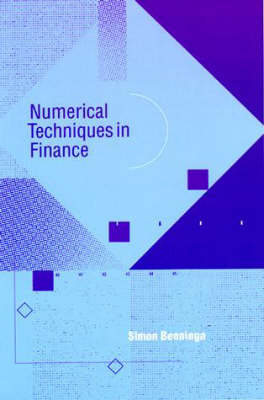The MIT Press
2 total works
Areas covered include the computation of corporate finance problems, standard portfolio problems, option pricing and applications, and duration and immunization. The author includes a set of chapters dealing with advanced techniqueS, including random number generation, matrix manipulation, and the Gauss-Seidel method.
Although the reader should know enough about Excel to set up a simple spreadsheet, the author explains advanced Excel techniques such as functions, macros, the use of data tables, and VBA programming. The book comes with a disk containing Excel worksheets and solutions to end-of-chapter exercises.
Numerical Techniques in Finance is an innovative book that shows how to create, and how to solve problems in a wide variety of complex financial models. All the models are set up using Lotus 1-2-3; some of the advanced models also make use of Lotus macros. Using the models set out in the book, students and practicing professionals will be able to enhance their evaluative and planning skills. Each of the models is preceded by an explanation of the underlying financial theory. Exercises are provided to help the reader utilize the models to create new individualized applications. Numerical Techniques in Finance covers standard financial models in the areas of corporate finance, financial statement simulation, portfolio problems, options, portfolio insurance, duration, and immunization. A separate section of the book reviews the relevant mathematical and Lotus 1-2-3 techniques. Each of the book's five parts begins with a succinct overview.

